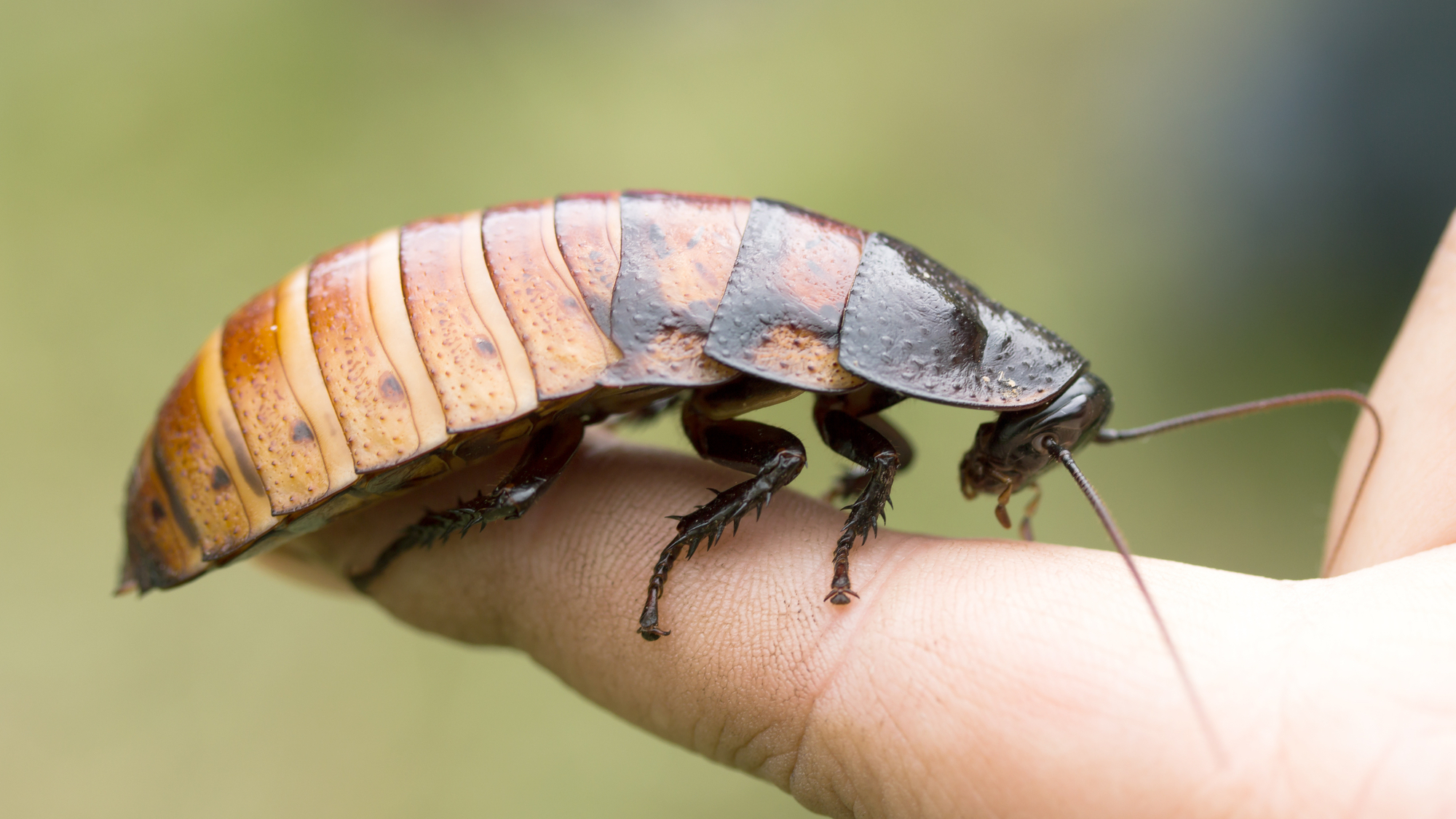

Imagine yourself trapped in a building’s rubble following an earthquake. It’s a terrifying prospect, especially if time is of the essence for search and rescue operations. Now imagine one of your rescuers turns out to be a cyborg cockroach.
Regardless of how you feel about insects, a team of scientists at Osaka University in Japan apparently believe these resilient little bugs can come in handy in times of disaster. According to the researchers’ paper recently published within the journal Cyborg and Bionic Systems, society is closer than it’s ever been to deploying cybernetically augmented bugs to aid in real world scenarios such as natural disasters and extreme environment explorations. And everyone owes it all to their legion of semi-controllable cyborg Madagascar hissing cockroaches.
[Related: Spider robots could soon be swarming Japan’s aging sewer systems.]
Insects are increasingly inspiring robotic advancements, but biomimicry still often proves immensely complex. As macabre as it may seem, researchers have found augmenting instead of mechanically replicating six-legged creatures can offer simpler, cost-effective alternatives. In this most recent example, scientists implanted tiny, stimulating electrodes into the cockroaches’ brains and peripheral nervous systems, which were subsequently connected to a machine learning program. The system was then trained to recognize the insects’ locomotive states—if a cockroach paused at an obstacle or hunkered down in a dark, cold environment (as cockroaches are evolutionarily prone to do), the electrodes directed them to continue moving in an alternative route. To prevent excess fatigue, researchers even fine-tuned the stimulating currents to make them as minimal as possible.

Importantly, the setup didn’t reduce the insects to zombie cockroaches, but instead simply influenced their movement decisions. “We don’t have to control the cyborg like controlling a robot. They can have some extent of autonomy, which is the basis of their agile locomotion,” Keisuke Morishima, a roboticist and one of the study’s authors, said in a statement. “For example, in a rescue scenario, we only need to stimulate the cockroach to turn its direction when it’s walking the wrong way or move when it stops unexpectedly.”
[Related: This bumblebee-inspired bot can bounce back after injuring a wing.]
While the scientists currently can’t yet control their cockroaches’ exact directions this way, their paper concludes the setup “successfully increased [their] average search rate and traveled distance up to 68 and 70 percent, respectively, while the stop time was reduced by 78 percent.” Going forward, they hope to improve these accuracy rates, as well as develop means to intentionally direct their enhanced cockroaches. Once that’s achieved, then you can start worrying about the zombie cyborg cockroach invasion.
